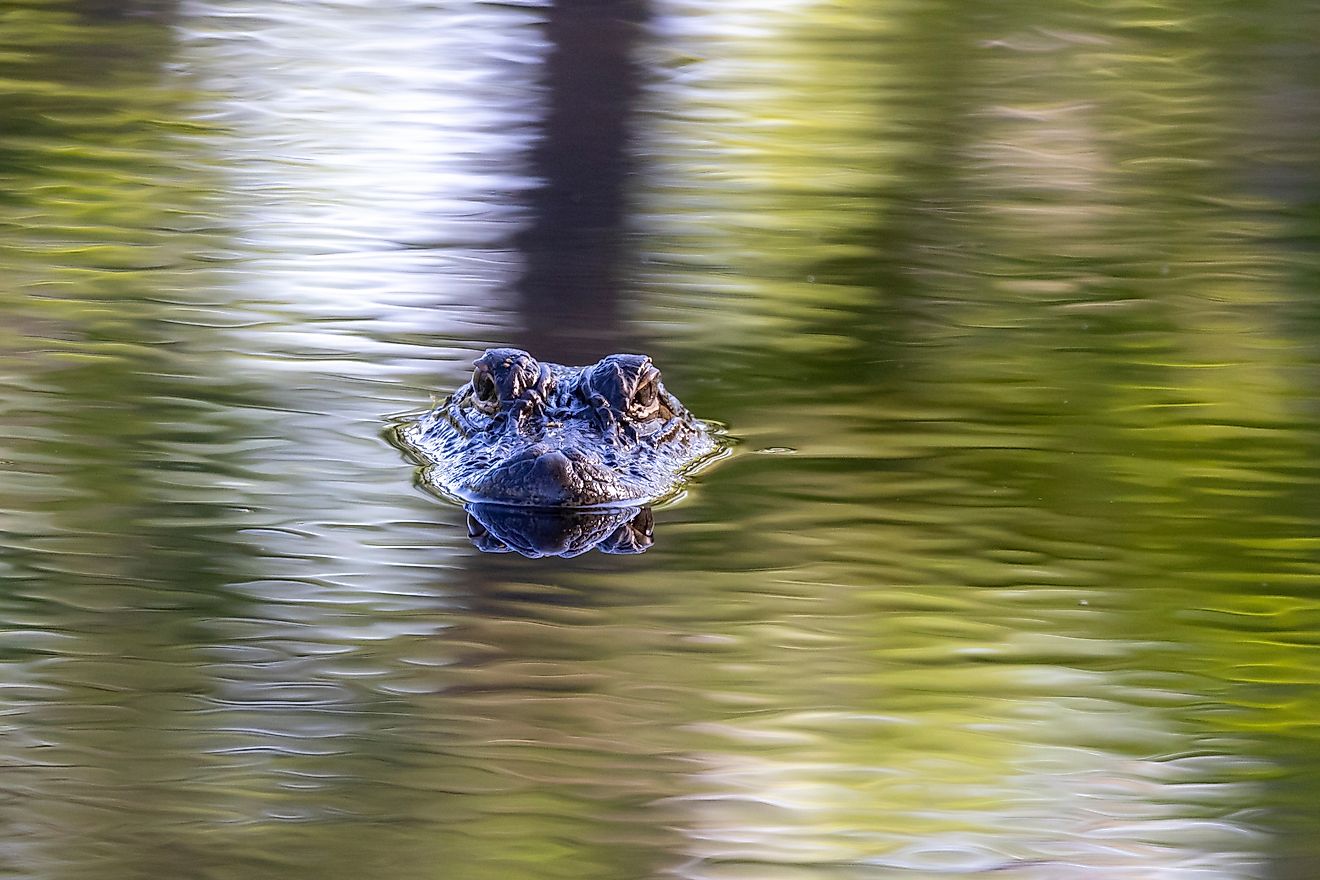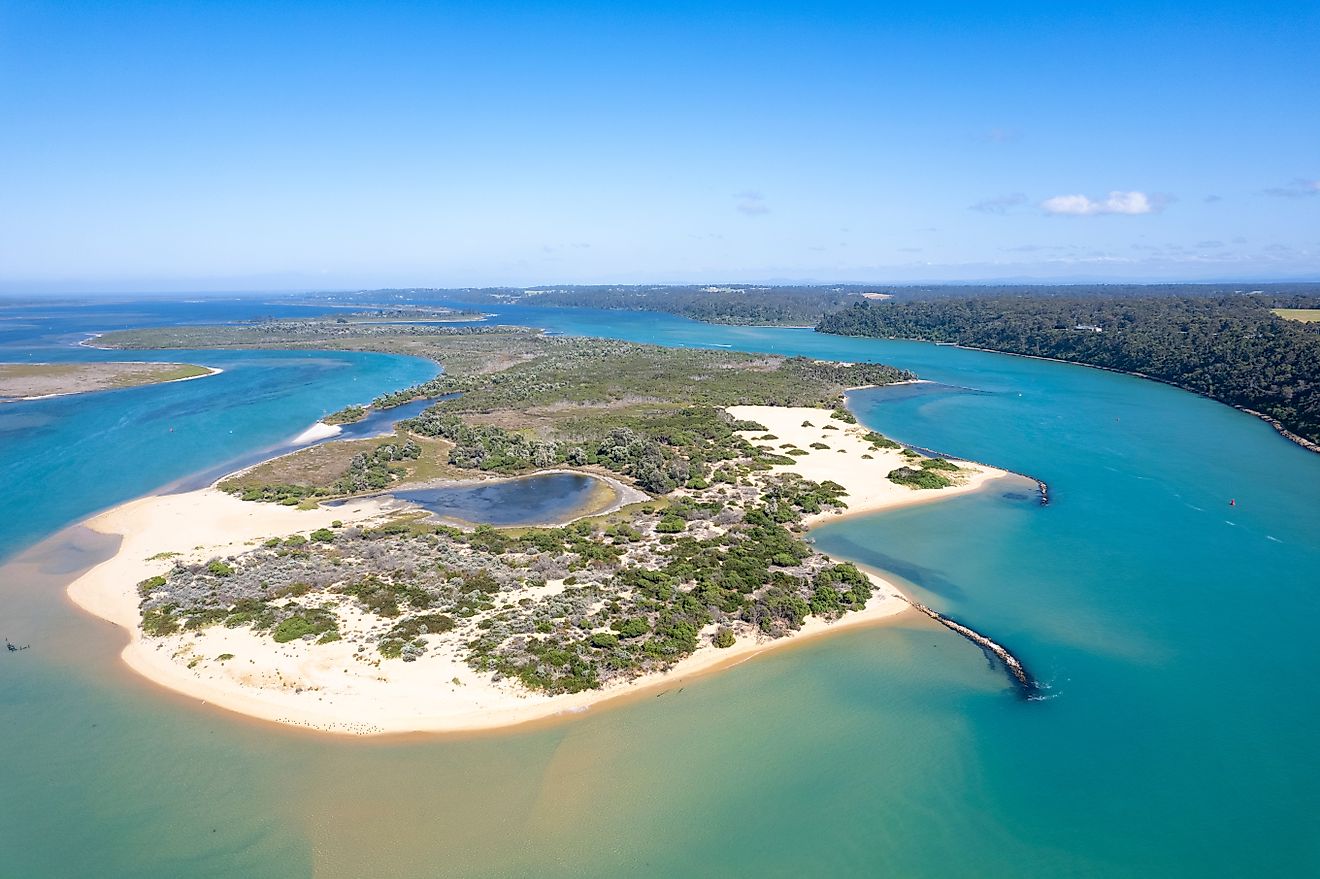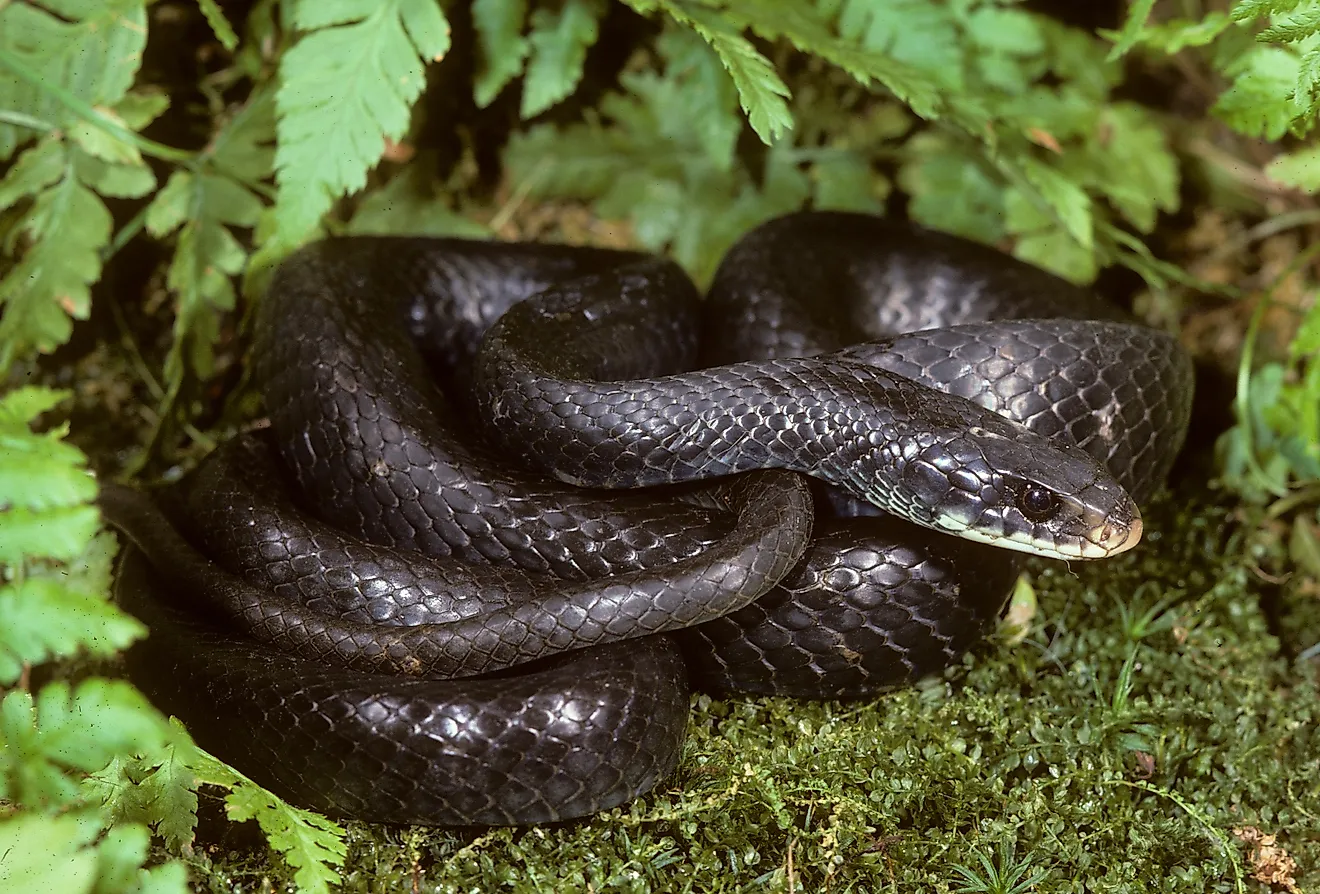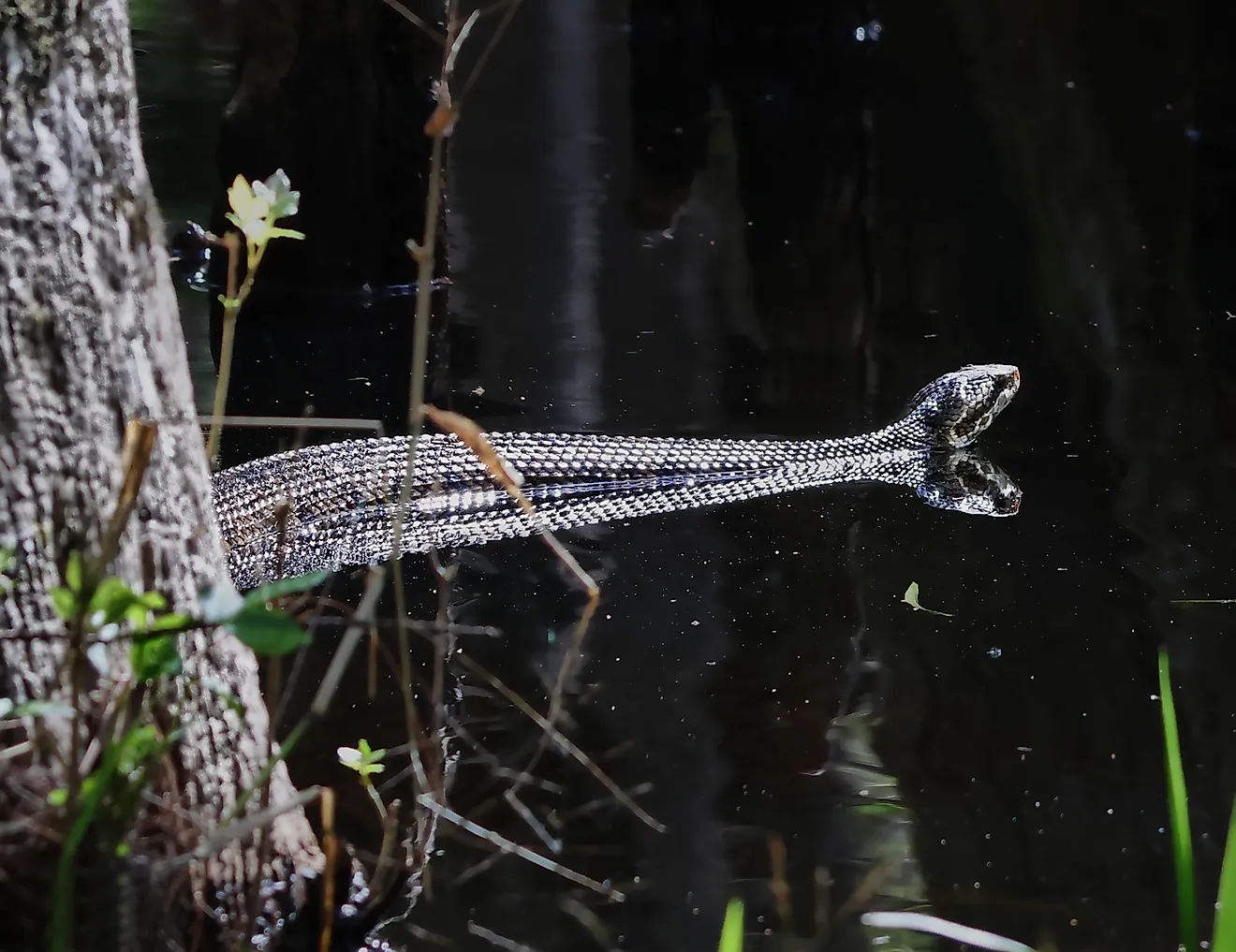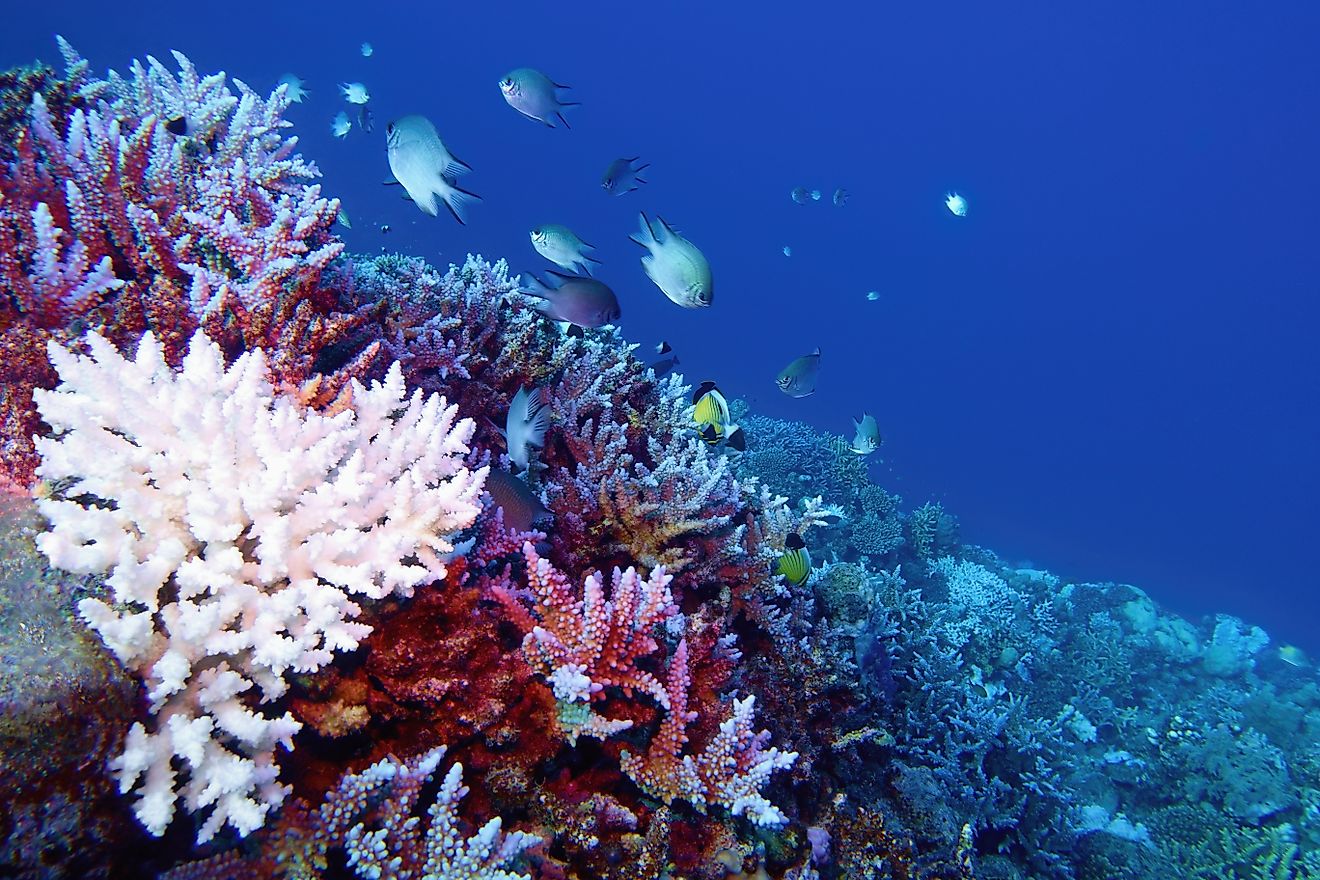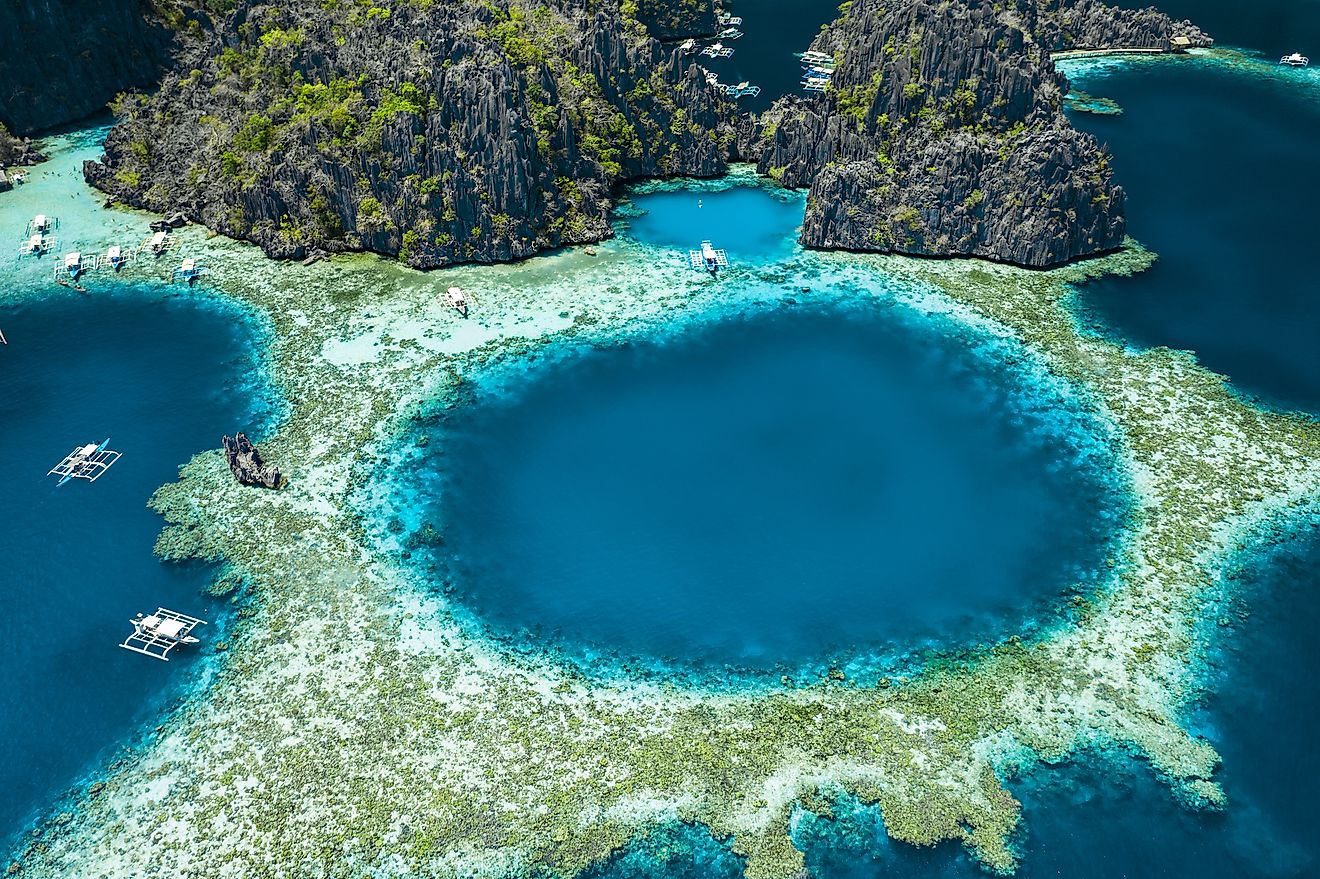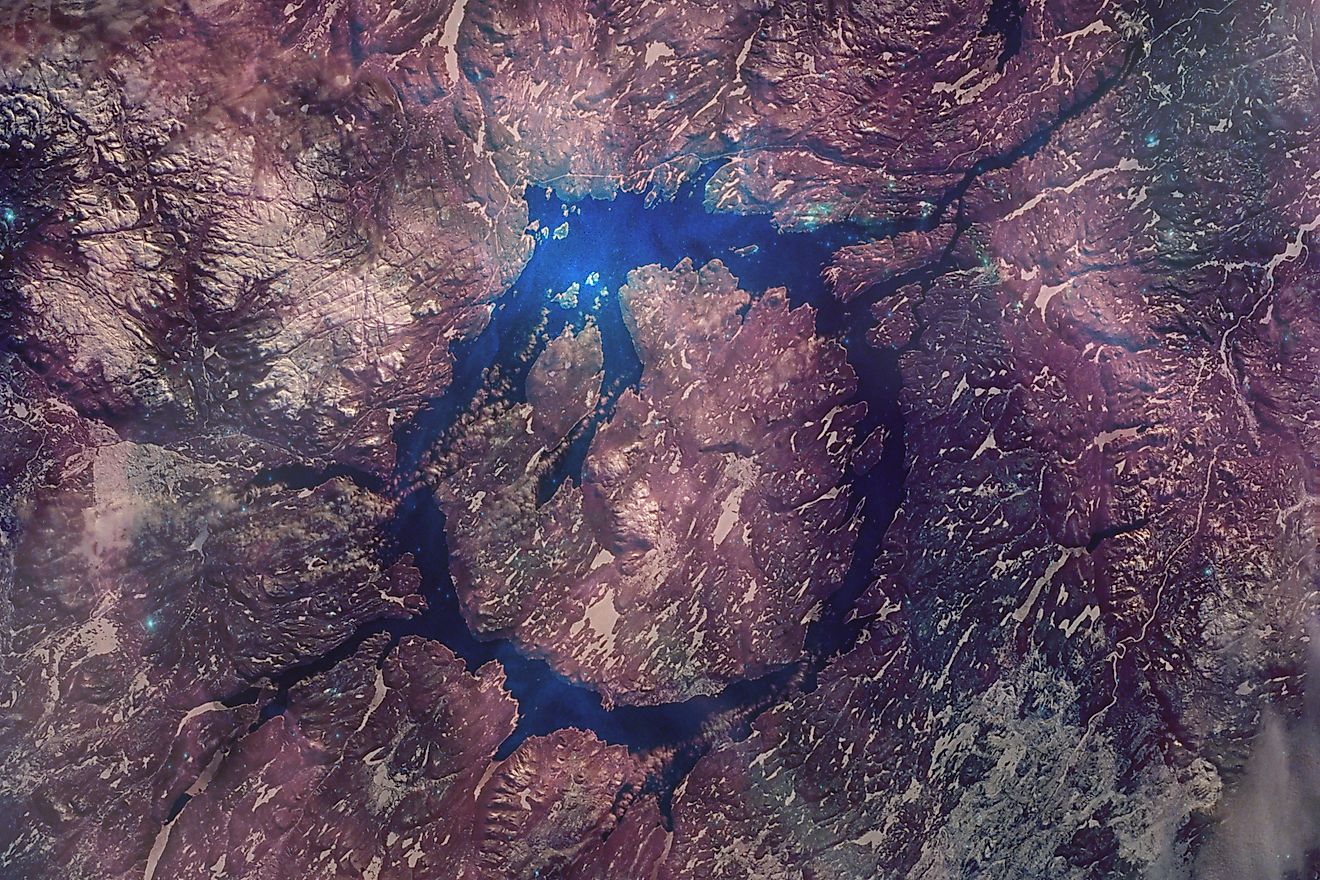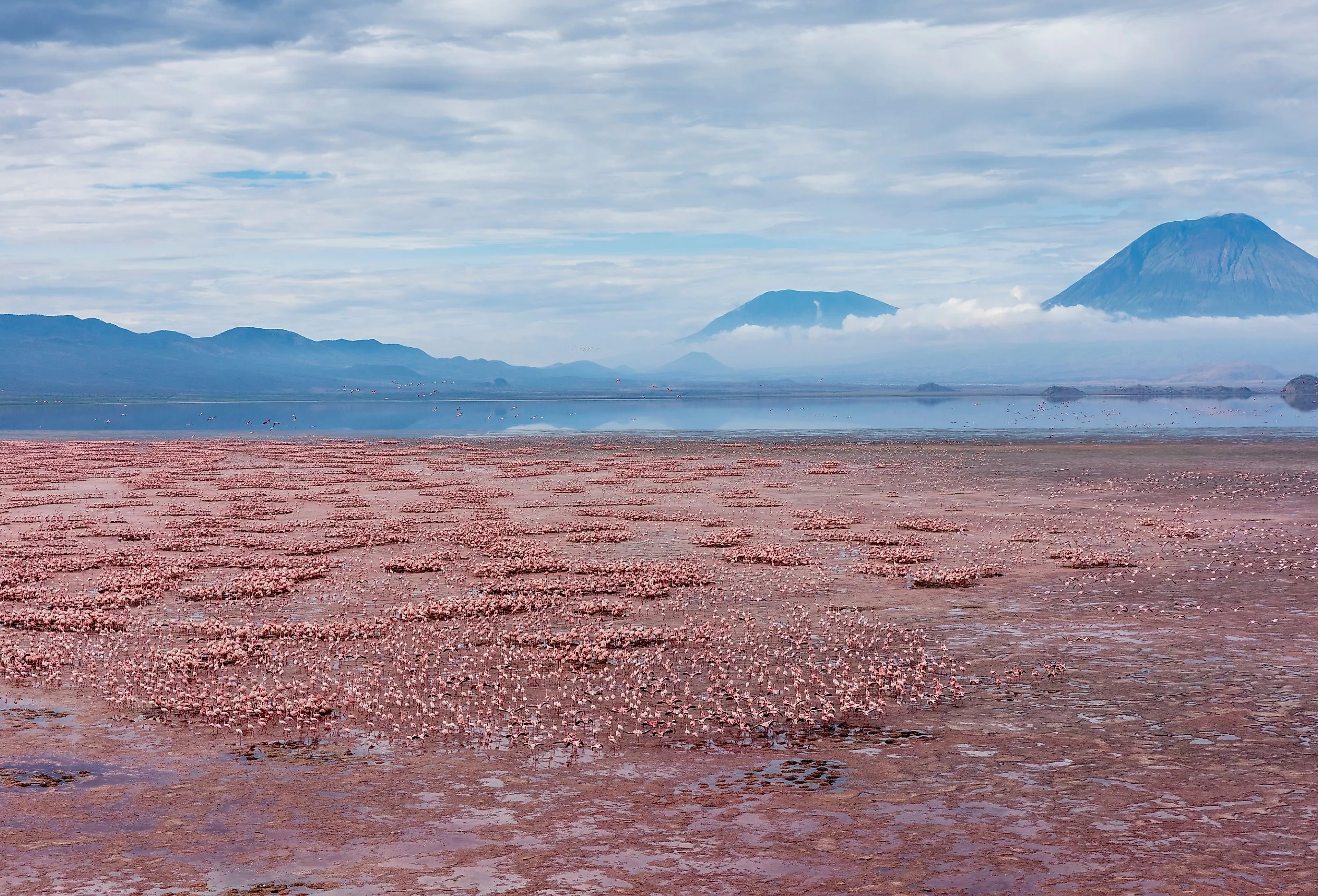
Why Some Lakes Smell So Bad
Lakes are often scenic bodies of water that people associate with waterfront relaxation, boating, fishing, and other activities. That said, have you ever gone to a lake in the summer and been hit with a rotten smell similar to eggs? While most lakes are a picture of tranquility, some have hidden smells that can deter tourists from their beauty. Garbage, pollution, and other causes can often lead to bad smells, but some lakes also fall prey to more complex issues like algal blooms and seasonal “turnovers.” This article delves into the science behind why lakes smell so bad and how to avoid these issues.
Natural Causes Of Lake Odors
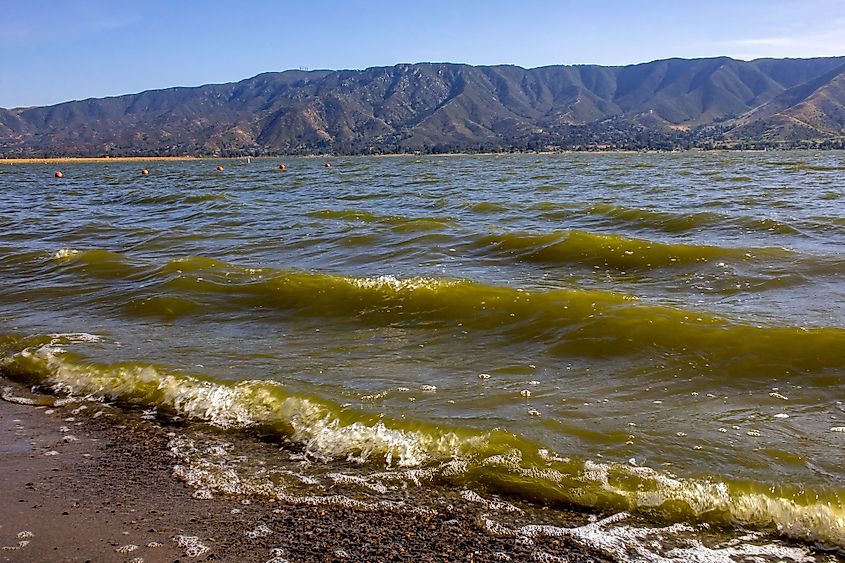
Most people equate bad odors directly with human problems, such as pollution, but related natural causes are just as prominent in causing sour lake odors. Some of the most prominent natural reasons are algae blooms, anaerobic bacteria, decomposition, and seasonal turnovers. Algae blooms are quite common and happen when there is a rapid increase in the algae population, such as blue-green algae (cyanobacteria), in a body of water. This is often caused by excess phosphorus/nitrogen in a lake, and can lead to discoloration as a layer of algae blocks sunlight. Moreover, this process produces geosmin, a compound that leads to unpleasant and musty odors, a prime cause for bad-smelling lakes.
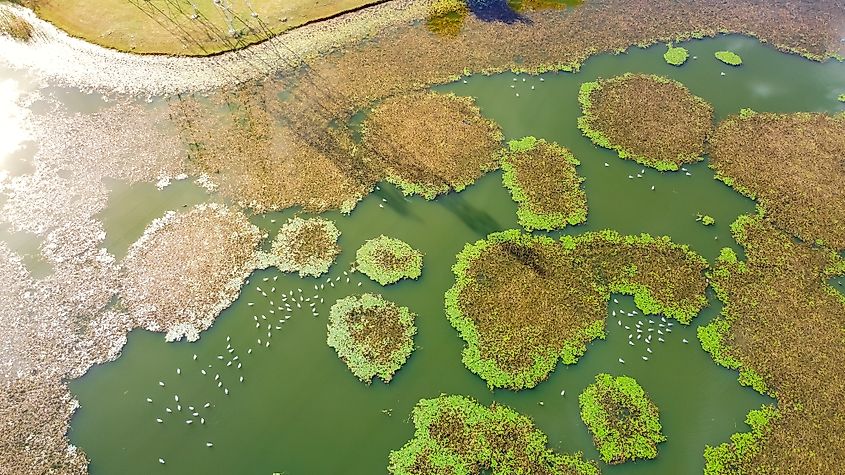
Apart from algae blooms, anaerobic bacteria can also cause a similar situation, as they break down organic debris, producing hydrogen sulfide (H₂S) and other sulfur compounds, which have a rotten egg smell. On the other hand, there is also a unique process known as lake turnover, during which lakes have different smells throughout seasons. This happens when seasonal temperature changes (usually fall or spring) mix the water column, bringing bottom waters and trapped gases to the surface. These gases can have strange smells, which are released due to the warmer weather, leading to a foul odor in the area.
Human Impacts On Smelly Lakes
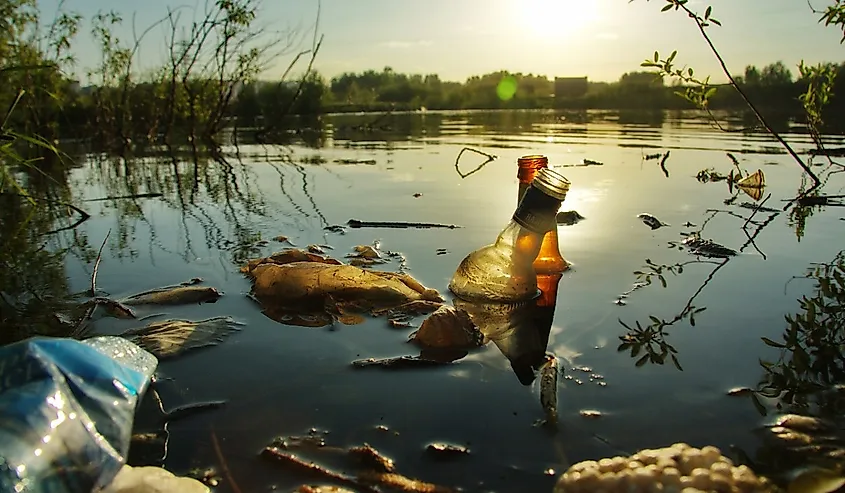
While nature contributes to foul-smelling lakes, human activity often makes these problems worse. One of the biggest culprits is nutrient runoff from farms and cities. Fertilizers, animal waste, and even lawn chemicals can wash into nearby lakes, adding excess nitrogen and phosphorus. This feeds algae blooms, choking oxygen, killing fish, and giving off that musty geosmin smell that lingers over the water.
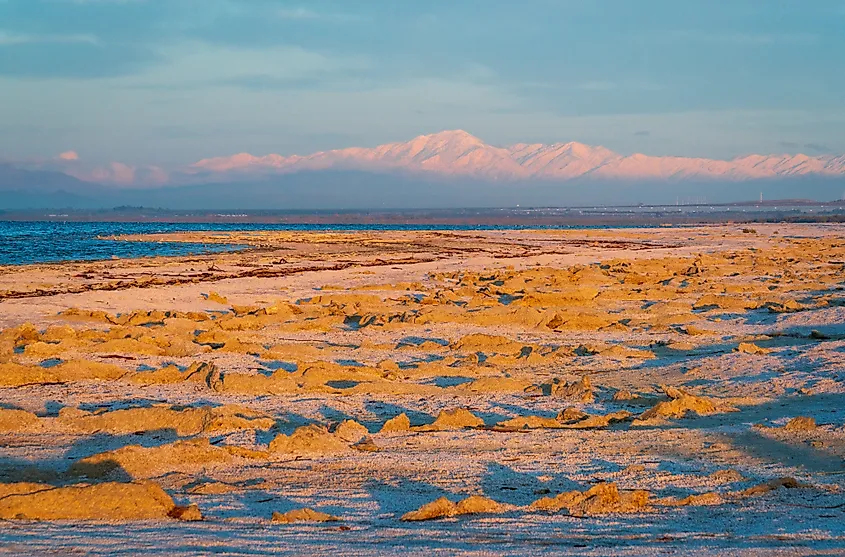
Pollution also takes many other forms. Industrial discharge and untreated sewage can introduce toxins or organic matter that bacteria break down, producing sulfur gases with the same rotten-egg stench as natural decomposition. Even discarded garbage, from plastic bottles to rotting food waste, can accumulate along shorelines and release foul odors as it breaks down in the sun. Together, these human influences can transform a lake that should be a place of recreation and beauty into one that people avoid because of the smell.
Global Examples Of Stinky Lakes
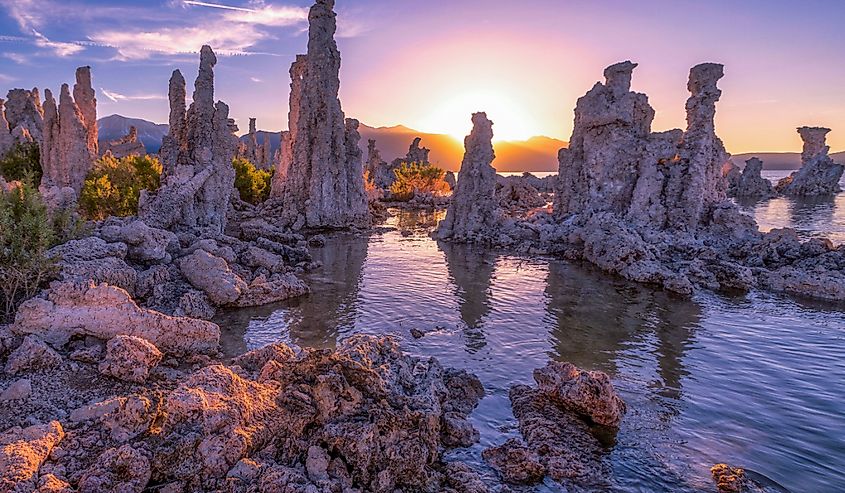
Across the globe, many lakes fall prey to these varying conditions and exude a foul odor at certain times of the year or at all times. Mono Lake is one example, located in Mono County, California. This lake lacks an outlet, leading to a high salinity level, making the water alkaline. Due to this, a few animal species, such as the brine shrimp, are able to live here, and it also exudes a foul odor. The combination of salt and sulfur created by anaerobic bacteria leads to a pungent smell that many detest.
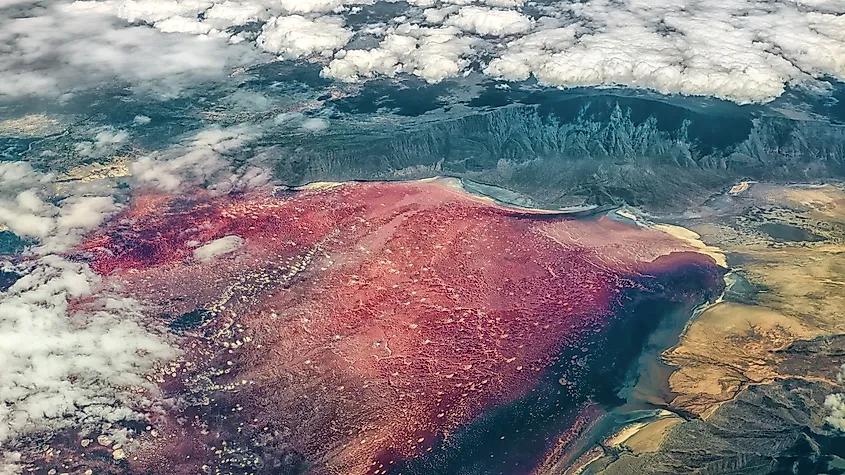
Another prominent location is Lake Natron in Tanzania, known for its highly alkaline waters. Similar to Mono Lake, its extreme alkalinity and evaporation concentrate salts and can cause strong odors from decaying organic matter and ammonia; high pH and heat also preserve remains.

Apart from these two, another lake that many don’t expect to smell bad is Lake Erie, part of the Great Lakes of North America. While this massive freshwater lake doesn’t smell bad throughout the year, it is prey to algae blooms due to nutrient pollution from agricultural runoff and wastewater treatment plants. During the summer months, cyanobacteria lead to prominent algae blooms, which produce toxins that harm wildlife and create foul odors.
Can Bad-Smelling Lakes Be Fixed?
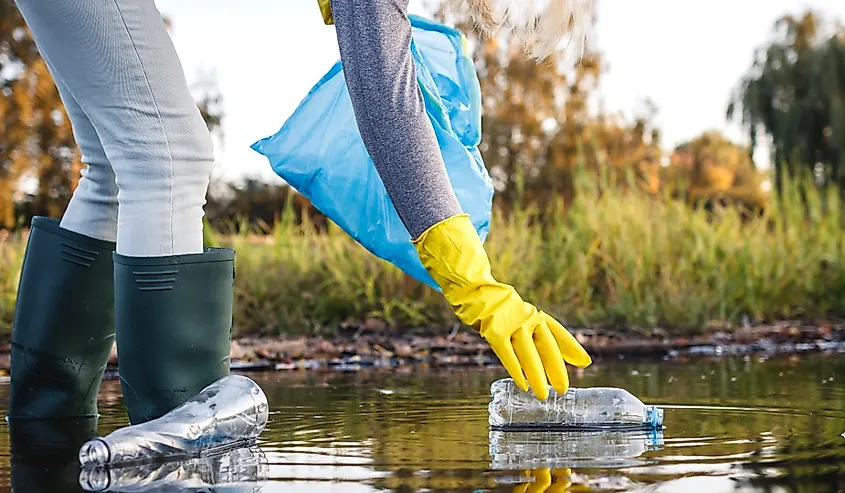
While a lake’s smell can feel overwhelming, many of the underlying problems have solutions. On the natural side, lake managers sometimes use aeration systems to keep oxygen moving through the water, reducing the buildup of sulfur gases and slowing the effects of seasonal turnover. Barley straw and other biological treatments are also occasionally used to limit algae growth.
Human impacts, however, require community effort. Limiting fertilizer use, improving wastewater treatment, and reducing urban runoff can go a long way toward keeping nutrient levels under control. Local cleanup projects along shorelines also help by removing garbage that would otherwise rot in the sun. While these fixes don’t eliminate all smells, they can restore balance and make lakes healthier and more enjoyable for everyone.
Why Some Lakes Smell Bad
At their best, lakes are calm, scenic places that invite swimming, boating, and fishing. But when algae blooms, bacteria, or pollution take hold, even the prettiest lake can carry an unpleasant stench that lingers over the water. From California’s Mono Lake to the Great Lakes themselves, foul odors are a reminder of how delicate these ecosystems can be. The good news is that many of the causes are understood, and both natural solutions and community action can improve conditions.

